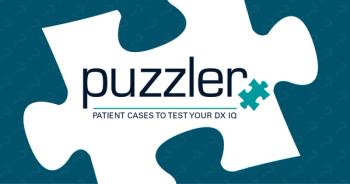
COVID-19 associated with increased type 1 diabetes risk
In a recent study, pediatric patients infected with COVID-19 were more likely to develop type 1 diabetes than those infected with other respiratory illnesses.
COVID-19 infection increases risk of new-onset type 1 diabetes (T1D), according to a recent study.
Data from the US Centers for Disease Control and Prevention indicated an increase in T1D cases during the pandemic, with an even greater increase seen in children after COVID-19 infection. However, this data included infections of type 1 and type 2 diabetes without separation.
To analyze the association between T1D and COVID-19 infection, investigators gathered data from the TriNetX Analytics Platform. This web-based database contains data from over 90 million patients across 74 large health care organizations, 50 US states, and 14 countries.
Patients were divided into 2 groups. The first consisted of individuals aged less than 18 years who had been infected with COVID-19 between March 2020 and December 2021, while the second consisted of individuals in the same age group and time range who had been infected with a respiratory illness besides COVID-19.
The 2 groups were divided further into subgroups aged 0 to 9 years and 10 to 18 years. Subgroups were matched based on family history of diabetes.
Of the 1,091,494 participants, 314,917 had been diagnosed with COVID-19 while 776,577 had been diagnosed with another respiratory illness. In those with T1D, 0.043% had been diagnosed within 6 months after COVID-19 infection, while 0.025% were diagnosed within 6 months after non-COVID-19 respiratory infection.
Risk rose further in the COVID-19 infected group than the other respiratory illness group after 6 months, with an additional increased risk in patients aged 0 to 9 years. While prior studies had associated respiratory infection with T1D, the increased risk from COVID-19 has led to concerns over long-term autoimmune complications in pediatric patients after COVID-19.
Reference
Kendall EK, Olaker VR, Kaelber DC, Xu R, Davis PB. Association of SARS-CoV-2 infection with new-onset type 1 diabetes among pediatric patients from 2020 to 2021. JAMA Netw Open. 2022;5(9):e2233014. doi:10.1001/jamanetworkopen.2022.33014
Newsletter
Access practical, evidence-based guidance to support better care for our youngest patients. Join our email list for the latest clinical updates.







